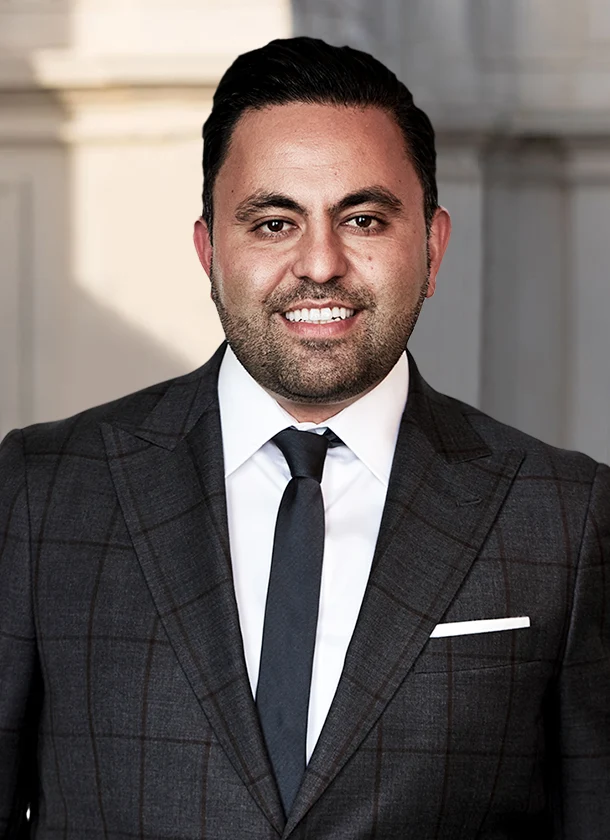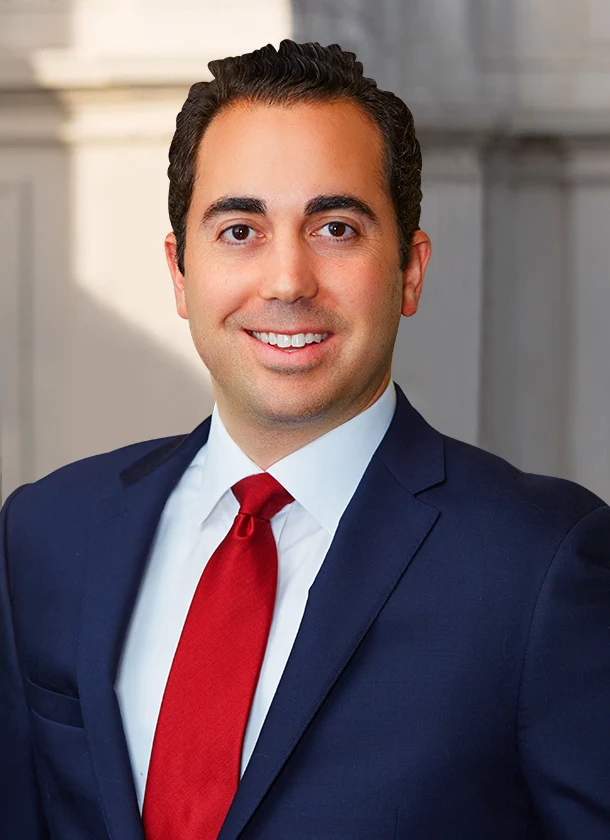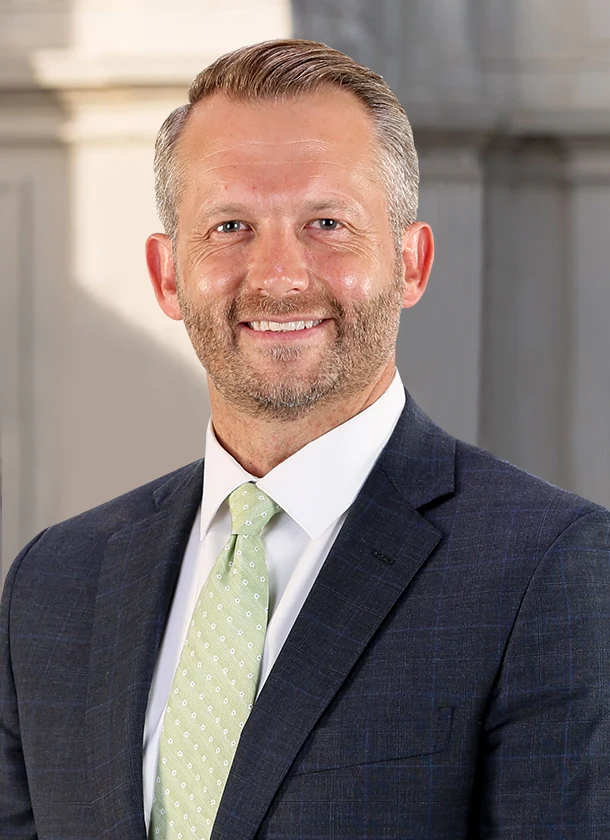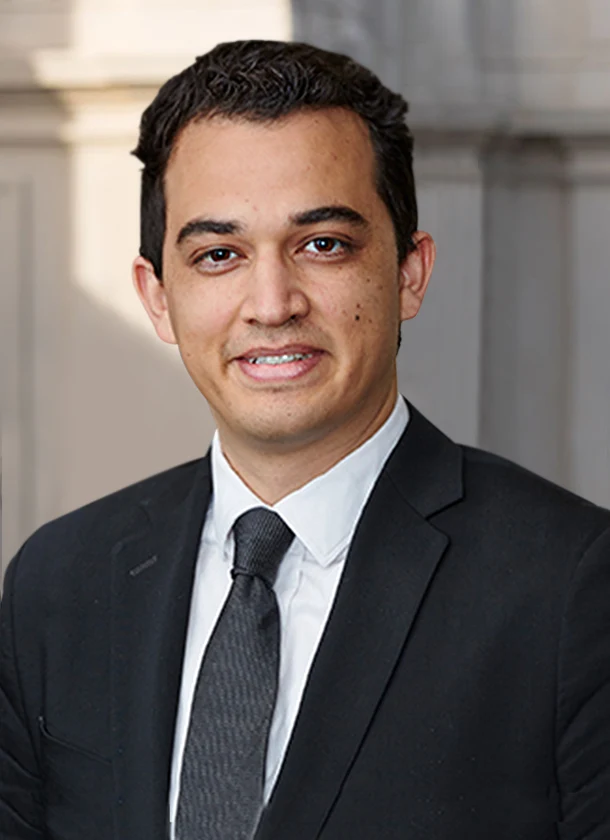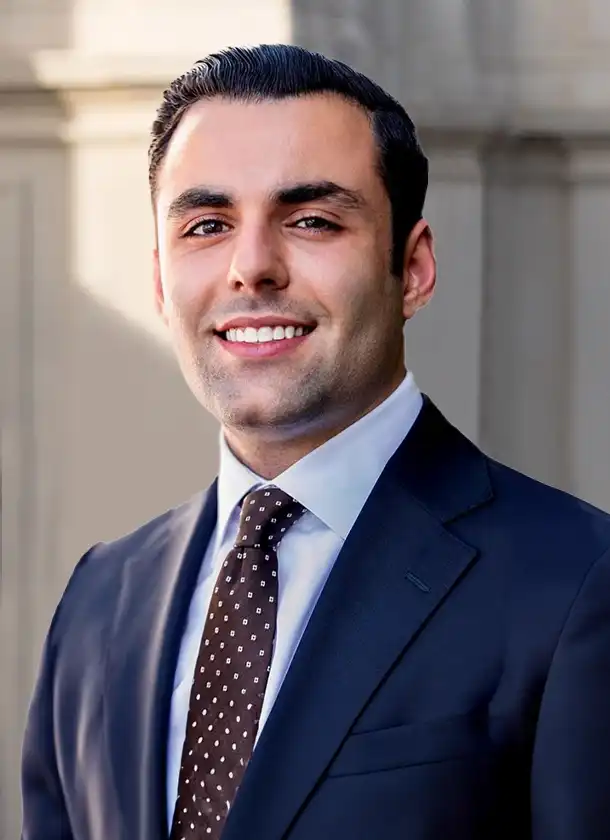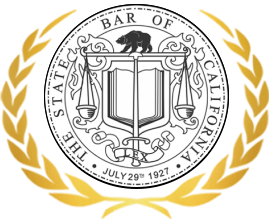Motor vehicle accidents are one of the leading causes of accidental death in the United States. Accidental deaths are the number three cause of death in the United States, and according to the Centers for Disease Control, nearly one out of every four of those deaths was in a car accident. This resulted in just over forty thousand auto accident deaths in America in 2017.
The National Safety Council reports that just under forty thousand victims were killed in car crashes across America in 2018. This was a little more than one percent drop, but not enough to be statistically significant. With the many advances in car safety features – such as backup and side view cameras, lane drift warnings and emergency automatic braking – it is concerning that more progress has not been made. Understanding the future of motor vehicle safety in America is helpful to understand its history.
“If you have been hurt in a car accident, you need legal representation immediately. Call Arash Law today to schedule a free case evaluation with a respected car accident attorney in California.”
When Was The First Car Accident?
The first reported fatal car accident occurred 150 years ago in Ireland. City Lab reports that the fateful accident started with a summer holiday. Mary Ward, an intrepid scientist who struggled against gender norms in Victorian Europe, was also raising eight children more or less on her own.
She had published three scientific books in her career while being pregnant eleven times in thirteen years. It is highly understandable that she was ready for a rest in the summer of 1869. She, therefore, accepted the offer of a “badly needed holiday” at her cousin’s castle west of Dublin.
The cousin had a homemade automobile – a real novelty at the time.
Cars were still “big toys” and had not yet reached the mainstream market. They were large, clunky, and dangerous. This particular toy was powered by steam. It had three iron wheels: a small one in front and two large ones in the back. This design would have left a driver with little control and an uneven center of gravity. The iron wheels would have been difficult to navigate over bumpy Victorian roads—especially without the benefit of rubber tires. Tragedy was almost inevitable.
It’s not entirely clear what happened to cause the accident on August 31, 1869. It is possible that the car hit a pothole or rock. Any slight disturbance could have upset the contraption’s delicate center of gravity. However, it occurred, and Mary Ward was thrown from the vehicle. She hit the road. One of the large iron wheels ran her over. A local doctor reportedly arrived within two minutes, but it was already too late.
The wheel had broken Ward’s neck and jaw. She was bleeding from her ears (which the doctor thought to be evidence of a skull fracture). Within a minute of the doctor’s arrival, she was dead.
Ward had an impressive output of scientific work before her untimely death. She managed to have a notable scientific career while managing eight children, two miscarriages, one stillbirth, a husband, and a home. This all occurred in a conservative Victorian era when women were assumed to be inadequate to the task of working outside the home – especially in the scientific fields.
A decade after Ward’s death, her husband unexpectedly inherited his brother’s title and property. The family was suddenly flush with money and servants to care for the children. Who knows what Ward’s scientific career could have become with this assistance in her home life?
The First Deadly Pedestrian Accident Involving a Motor Vehicle
So, who was the first person killed in a car accident? According to the Washington Post, the first pedestrian fatality in a car crash occurred on August 17, 1896. Bridget Driscoll was a forty-four-year-old mother and wife of a laborer. She was walking past the Crystal Palace in London to attend a temperance meeting. Unfortunately, at the same time, the Anglo-French motor carriage company was demonstrating the performance of three cars nearby. These early prototypes had a top speed of only eight miles per hour. Several accounts at the time claimed that operators had limited this to four miles per hour for the demonstration.
As Driscoll and her daughter walked across Hyde Park, driver Arthur Edsall drove toward them with two passengers aboard. Driscoll’s daughter would later testify that Edsall didn’t seem to know what he was doing before the crash. He weaved towards them. He shouted to stand back. But he was unable to prevent the car from hitting Driscoll, who was struck down with a fatal head injury. Newspapers reportedly covered the incident without causing hysteria or public outrage. Nonetheless, the incident was so unusual, and the technology so novel that the incident sparked a full inquest in the Coroner’s Court.
The Washington Post compares this reaction with the death of Elaine Herzberg. Herzberg was a bicyclist who was struck and killed by a self-driving Uber in Tempe, Arizona, in March 2018. Uber immediately suspended its autonomous vehicle testing program to prevent public outrage. News coverage of the incident was not overly sensationalistic, and as with Driscoll so many years before, the focus of the inquiry seemed to be on the novel technology.
The Dawn of Auto Insurance
There is some debate over who has the distinction of being the first American to purchase motor vehicle insurance coverage. Ohio History Central claims the prize for Dayton resident Gilbert J. Loomis. Loomis is said to have purchased a policy in 1897 that offered coverage in the event that his car killed on injured someone or damaged their property.
This is the basis of the liability coverage that we purchase today. Meanwhile, Fudge Insurance claims that Dr. Truman J. Martin of Buffalo, New York, was the first American to purchase auto insurance in 1898. The policy reportedly cost him $12.25 for $5000 worth of liability coverage.
In 1925, Massachusetts became the first state to require proof of insurance before a vehicle could be registered. In fact, Massachusetts was the only state to require proof of insurance for over thirty years. According to autoinsurance.org, Connecticut also passed a law in 1925 requiring proof of financial responsibility for accident damages, but this only applied after the driver’s first accident. It wasn’t until 1956 that New York also passed a law requiring all drivers to carry liability insurance. North Carolina passed a similar law in 1957, and many other states soon followed. Here in California, auto insurance became truly mandatory with a 1974 law that required drivers to provide proof of insurance upon being pulled over by a law enforcement officer. The California Supreme Court subsequently challenged and upheld this law in 1987.
Today there is only one state that does not require drivers to purchase liability insurance: New Hampshire. But even New Hampshire drivers could find themselves in trouble if they drive in other states without insurance. This depends on how state statutes are written. For example, Section 16028 of the California Vehicle Code requires any person driving a vehicle upon a highway to provide proof of insurance upon demand by a peace officer or traffic collision investigator. It does not matter whether your vehicle is registered in New Hampshire or California. Many other states have similar laws that apply to anyone driving on the public roads of that state.
Car Accident Claims Today
“The auto insurance industry has become highly regulated thanks to state and federal laws. These laws are designed to protect consumers, and with good reason: according to Finder, car insurance claims in the United States totaled $163 million in 2017. This is a significant amount of money owed to victims who are injured or have had their property damaged as a result of a car accident. “
With so many claims and so many regulations, insurance companies have developed complex company infrastructure to process claims as efficiently as possible. Efficiency allows insurance carriers to process claims quickly and, more importantly, at the lowest cost to them. Unfortunately, this efficiency favors the insurance company – not the accident victim.
Claims adjusters are often trained to calculate pain and suffering based upon a simple formula. This formula multiplies victims’ medical bills by a specific number that is based on the severity of their injuries. This method does not account for each victim’s individual suffering. Some may be unable to tolerate pain medications due to pregnancy or other medical conditions.
Some may have jobs that are more directly impacted by auto accident injuries. Imagine, for example, a concert pianist whose hands are broken in a car crash. She will almost certainly lose more earnings than an accountant who is able to go back to work with assistance. She may also lose important career opportunities while she is unable to play. These losses cannot be measured by a cold, hard estimate of hourly wage times the number of hours missed.
There are many different losses a person can suffer as a result of a car accident. Some, like medical bills or hourly wages, are easy to calculate. Some, like lost career opportunities, are not easy to place a value upon. Other losses are completely intangible but no less real. Imagine an injury victim who is confined to a wheelchair. He will no longer be able to walk his daughter down the aisle or dance at her wedding. It is not easy to value these losses, but they are some of the most painful losses an injury victim can ever endure.
The law requires negligent drivers to compensate their victims for all of the losses they cause – even those that are not easy to value. This is why it is so important for injury victims to hire an experienced California car crash lawyer. Expert lawyers know how to prove damages to an insurance company or jury. They know how to hire expert witnesses and make persuasive arguments. They are best positioned to protect your legal right to compensation after a car crash.
Call Us Today to Schedule a Free Case Evaluation with a California Car Accident Attorney
As you can see, modern car accident claims have come a long way since the first fatal accidents involving motor vehicles. State laws and federal insurance regulations have created a system to protect accident victims from unfair insurance practices. If you or a loved one is injured in a car crash, call Arash Law at (888) 488-1391 or contact us online today. Our experienced California auto accident lawyers fight hard to protect accident victims.
We have helped many victims obtain fair compensation for their injuries. We fight against lowball settlement offers, invasions of your privacy, and other insurance company tactics. Don’t delay – the sooner you have an auto accident attorney fighting for you, the better protected your legal rights will be.

